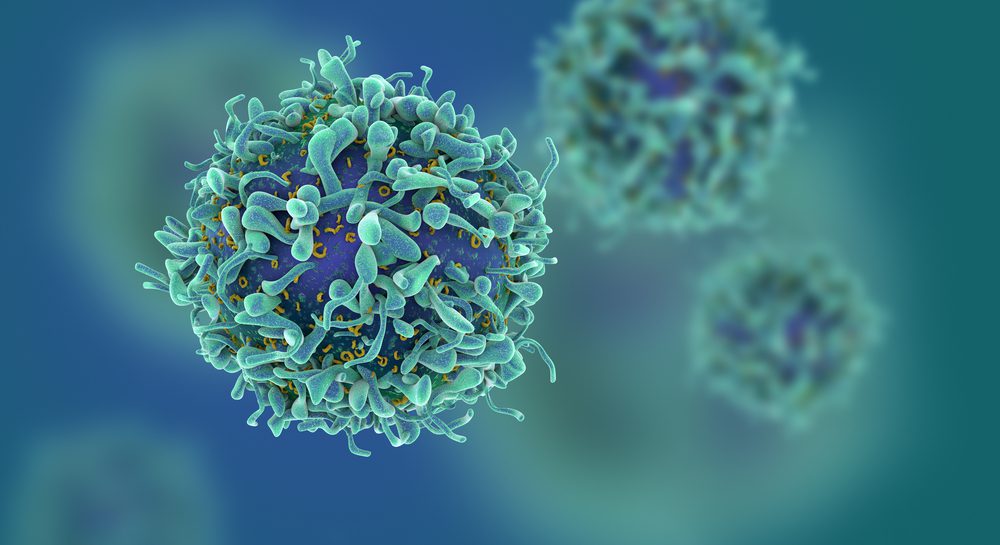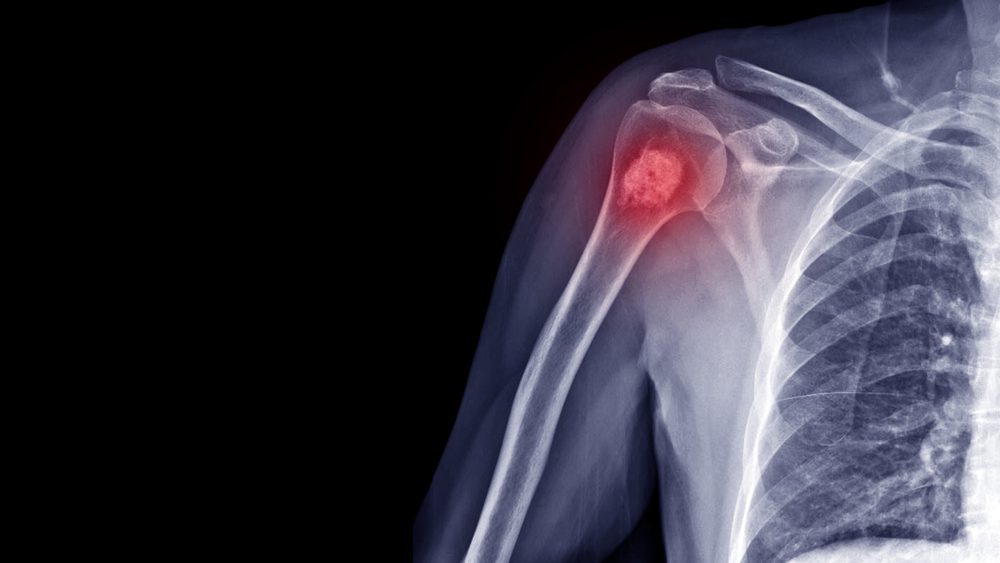Belly fat can be challenging, but a combination of lifestyle changes can help you get rid of it for good. It’s important to maintain a strong mindset for achieving any fitness goal, so make sure you set clear and realistic goals, you’re armed with patience, and you trust the process.
With too much belly fat can come a lot of chronic health issues, so it’s not only about the looks. Simple things such as cutting alcohol or adding more protein to your meals can make the changes you dream about and incorporate weightlifting into your routine.

Now let’s talk about the proven strategy to help you reduce belly fat.
Eat soluble fiber
What is soluble fiber? It absorbs water and creates a gel-like substance able to slow down food movement through your digestive system.
This type of fiber promotes weight loss, and it makes you feel fuller, so you will naturally consume fewer calories. Soluble fiber aids in reducing belly fat by itself, as an observational study involving 1100 adults showed that with every 10 grams of soluble fiber consumed, belly fat decreased by 3.7% over a five-year period. Great sources of soluble fiber are vegetables, fruits, oats, and barley.
Avoid trans-fat foods
These fats are created with unsaturated fats that have hydrogen added, and an example is soybean oil. They are commonly found in spreads, margarines, and packaged foods, but more manufacturers have phased them out.
Consuming trans fats is associated with heart disease, inflammation, insulin resistance, and increased abdominal fat, as shown in both animal and observational studies. For example, a study taking place over a 6-year period discovered how monkeys with a high trans fat diet gained 33% more belly fat than those consuming monosaturated fats.
Moderate alcohol intake
Small amounts of alcohol are known to have health benefits while drinking too much is detrimental.
Studies indicate that there is a link between excessive alcohol consumption and increased belly fat. Reducing alcohol intake might be the first step to shrinking your waistline. You don’t have to eliminate it entirely, but you can keep it mindful when it comes to how much you drink in a day, as it can make a difference.
2000 participants who drank daily were part of a study that exposed how those who drank daily, limiting themselves to less than one drink per day, ended up having less belly fat than the ones who drank less often but consumed more in the time they did drink.
Men are advised to limit their alcohol intake to two drinks per day maximum, and women should aim for one or fewer.

High Protein Diet
A crucial nutrient when it comes to managing your weight is protein. A diet that’s higher in protein boosts the release of peptide YY, which is a hormone that helps you feel full and reduces appetite. Protein will increase your metabolic rate as well, and it aids in preserving muscle mass during weight loss.
There were lots of studies on his topic, and individuals who consume more protein do have less abdominal fat than the ones with lower protein diets.
You find protein in meat, fish, eggs, and dairy, but you can also consume whey protein and beans. Don’t underestimate the beans. Incorporating all these foods into your diet will be helpful if your goal is to reduce belly fat.
Manage stress levels
A less-known fact is that stress can lead to belly fat because of the elevated level of cortisol released by your adrenal glands.
Scientists found that cortisol levels increase appetite and encourage fat storage, especially in the abdominal area, and with time they will contribute to fat accumulation around the midsection.
You can try to engage in activities that lower your stress levels, like yoga, meditation, or whatever you like, and it brings you joy. Managing stress should be a priority in your process of losing weight.
Cut down on sugary foods
It’s already common to hear that sugar is linked to various diseases, like type 2 diabetes, heart disease, or fatty liver disease.
There is, more specifically, a connection between high sugar intake and increased belly fat. You should keep in mind that refined sugars contribute not only to belly fat but also natural sugars such as the ones found in honey. So you will need to consume these ones with moderation, too.
Aerobic
Aerobic exercises, known as cardio, are the best tool to boost your overall health while burning calories. Research indicates that cardio is a real help in reducing belly fat, but it is not yet clear if there is a difference between the results of moderate or high-intensity workouts.
The most important thing is how often and how long you exercise. A study including postmenopausal women showed that those who engaged in 300 minutes of aerobics per week lost more belly fat compared to the ones who only worked out for 150 minutes. However, they noted that the differences in losing visceral fat were not extremely significant between the two groups.
When it comes to overall belly fat and specifically, belly fat, practicing aerobics is an effective method, so take it into consideration if you plan to reach your fitness goal.
Cut back on carbs, especially refined ones
It’s crucial to reduce your carbohydrate intake to lose belly fat. Low-carb diets have proven to be effective for those who are overweight or even at risk for type 2 diabetes, as well as for the ones with polycystic ovary syndrome (PCOS).
While you don’t have to adopt a strict low-carb diet, you can avoid refined carbs and go for unprocessed starchy options instead to enhance metabolic health and decrease belly fat.
The famous Framingham Heart Study gave us the insight into people who consumed the most whole grains, and they were 17% less likely to have excess abdominal fat compared to those with diets including refined grains.

Resistance training
Weightlifting or strength training plays an important role in maintaining muscle mass. Training can also reduce body fat, and studies have shown that it helps individuals with prediabetes, type 2 diabetes, or fatty liver disease. Research involving overweight teens confirmed that combining strength training with cardio brings the biggest visceral fat reduction.
You can also use a Waist Trainer when practicing your workout.
Get plenty of sleep
Sleep plays a vital role in overall health, and it includes weight management. Not getting enough sleep increases the risk of obesity and belly fat in certain categories of people. A study on a 16-year period on 68,000 women came out with the following results: those who slept less than 5 hours a night are much more likely to gain weight compared to the ones getting 7 hours of sleep. Moreover, sleep apnea has been linked to excess visceral fat. This condition involves your breathing stopping during sleep.
You should sleep at least 7 hours each night, and if you think you might have sleep apnea or another sleep disorder, it’s important to discuss with your doctor and get proper treatment.
Some additional tips you can follow are using a food journal or an app to monitor what you eat and your calorie intake. There are tools that can help you keep track of fiber, carbs, and protein, as well as other nutrients or tools that allow you to log your physical activity.
If you found our article useful, read this one next: 4 Signs You Should STOP Taking Vitamin D

























